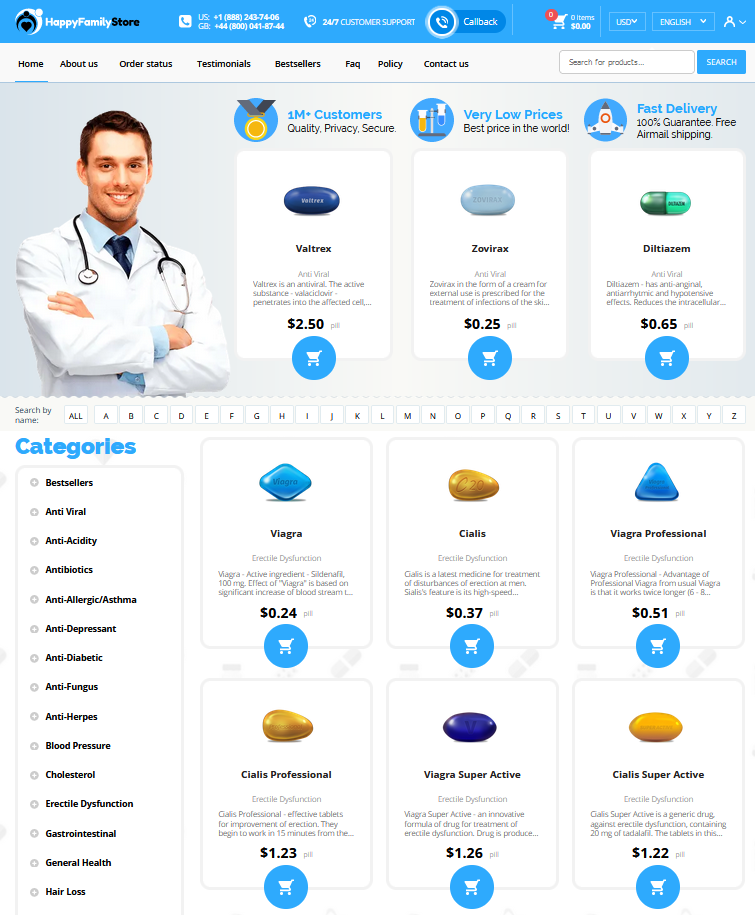
Understanding Retin-a: a Brief Overview
Retin-A, known scientifically as tretinoin, is a powerful topical medication predominantly used to combat acne. Originating from Vitamin A, it works by accelerating the skin's natural cell turnover process, effectively preventing the formation of new blemishes while healing existing ones. Introduced in the 1970s, its effectiveness quickly garnered widespread attention from dermatologists.
Here's a brief table summarizing Retin-A's key features:
| Feature | Description |
|---|---|
| Primary Use | Treats acne and improves skin texture |
| Origin | Derived from Vitamin A |
| Mechanism | Increases cell turnover rate |
This table provides a snapshot of its core attributes that contribute to its popularity in dermatological care.
How Retin-a Targets and Treats Acne

Retin-a, a derivative of vitamin A, is a powerful ally in the battle against acne. It works by promoting cell turnover, which essentially means it helps your skin shed old, dead cells more rapidly. This can prevent these cells from clogging your pores, a primary cause of acne. Simultaneously, retin-a also penetrates deep into the skin, encouraging the production of new, healthy skin cells. This dual action not only keeps the pores clear but also rejuvenates the skin, leading to a smoother appearance.
Moreover, retin-a reduces inflammation, a key contributor to acne's red, swollen look. By decreasing inflammation, it helps to calm existing blemishes, making them less noticeable over time. Also, this remarkable compound can adjust the skin’s oil production, diminishing excessive oiliness that often leads to breakouts.
Benefits of Using Retin-a for Acne Treatment
Retin-a, a renowned topical treatment, has transformed acne care by promoting skin cell turnover, effectively reducing clogged pores. This process not only addresses existing acne but also helps prevent future breakouts, giving users healthier skin over time. Beyond acne treatment, retin-a is praised for its ability to enhance skin texture and appearance by reducing acne scars. With its consistent application, individuals often notice a smoother, more refined complexion. This multi-faceted approach makes retin-a a compelling option for those seeking clearer, revitalized skin.
Potential Side Effects: What to Watch Out for

When embarking on a retin-a treatment journey, understanding potential side effects is crucial. Some users experience initial irritation, dryness, or peeling as the skin acclimates to this potent topical. Redness and increased sensitivity to sunlight may also occur, necessitating diligent sun protection. While these effects can be unsettling, they are typically temporary and often subside with continued use. For those with more sensitive skin, starting with a lower concentration of retin-a and gradually increasing usage frequency can mitigate discomfort and enhance tolerability.
Regulating your skin’s response is key to maximizing the benefits of retin-a while minimizing unwanted reactions. It's imperative to follow a gentle skincare regimen that includes a moisturizer to counteract dryness. Avoid combining retin-a with other potentially irritating products like exfoliants until your skin has built up tolerance. As each person's skin reacts differently, close monitoring and occasional adjustments in your routine may be necessary to find the balance that works.
Dialogue with a dermatologist can prove invaluable if persistent side effects occur. They can offer tailored advice, possibly suggesting alternative formulations or adjunct treatments to soothe the skin. Proactively addressing these concerns is an essential part of the acne treatment process, paving the way for successful results. Chatting with other retin-a users in forums can also provide support and practical tips for overcoming challenges encountered during treatment.
Tips for Optimizing Retin-a's Effects on Skin
When venturing into the world of Retin-A, understanding the nuances of its application can brilliantly enhance its efficacy. Start by applying a pea-sized amount to clean, dry skin, ensuring that your face is free from any irritants like astringents or exfoliants that might exacerbate sensitivity. Gradually introduce Retin-A into your skincare routine, beginning with every third night to allow your skin to adapt. Pair its use with a gentle moisturizer to combat common dryness, and always arm your skin with daily SPF, as Retin-A can increase sun sensitivity. Individual experiences vary, so adjusting frequency based on personal skin tolerance can be vital for achieving the ideal balance between effectiveness and comfort.
| Tip | Benefit |
|---|---|
| Start slowly | Allows skin to adapt |
| Use moisturizer | Reduces dryness |
| Apply SPF | Protects against sun sensitivity |
Real User Experiences: Success Stories and Challenges
Jessica, a long-time acne sufferer, discovered remarkable changes after incorporating Retin-A into her routine. Her persistent breakouts diminished significantly, leaving her skin smoother and more radiant. Meanwhile, Alex encountered initial redness and peeling but adjusted his application technique, leading to a more balanced complexion. Despite these stories of success, some users like Sam needed to navigate challenges such as skin dryness and irritation, emphasizing the importance of patience and gradual introduction. The diversity of experiences highlights the personalized nature of Retin-A treatment and encourages users to remain adaptable.
National Center for Biotechnology Information Journal of the American Academy of Dermatology